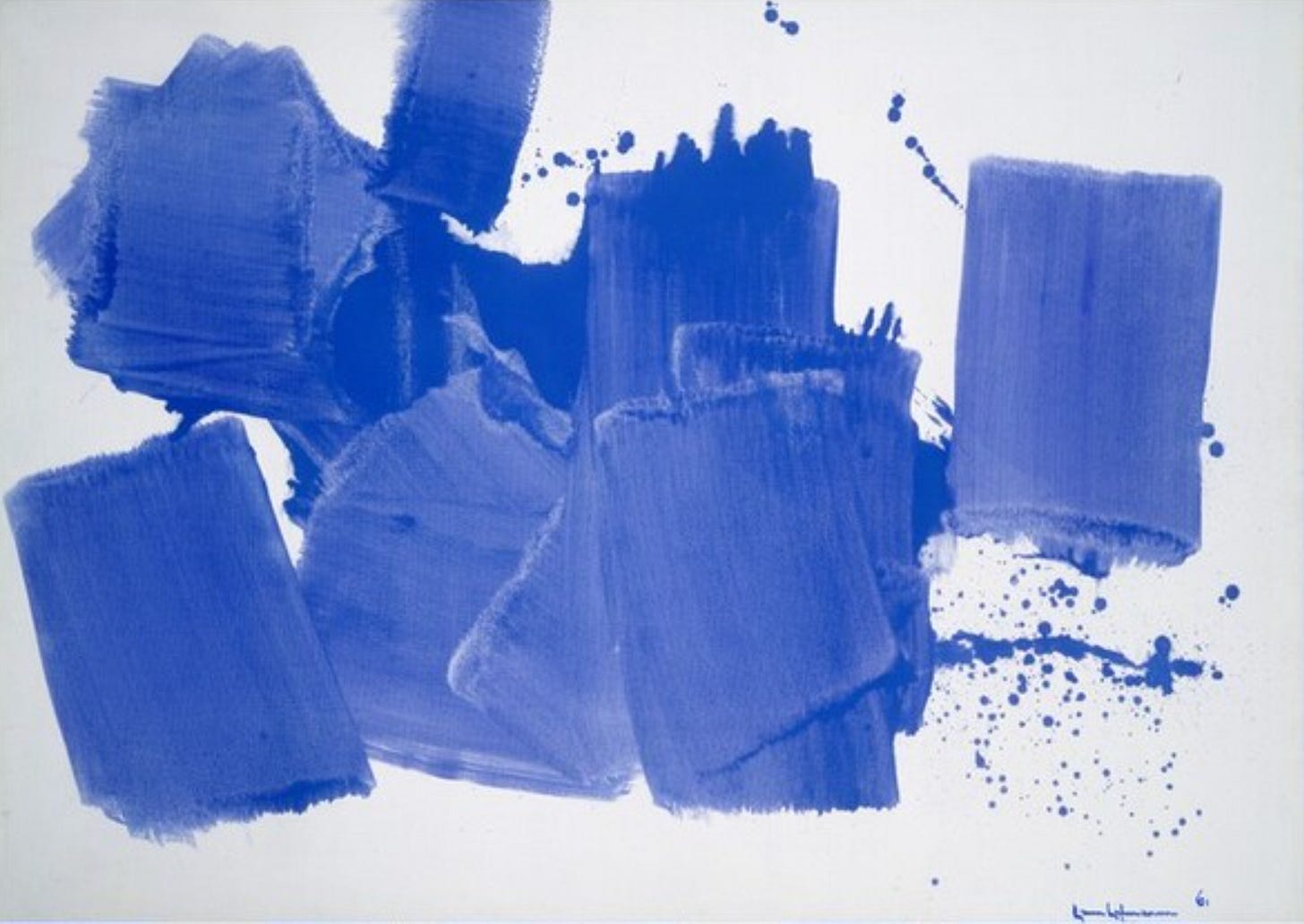Flags don’t wave themselves
The gift that Kendrick gave us is a reminder that the American flag isn’t static and it sure as hell doesn’t belong to the far right.
I threw a super bowl party this weekend without knowing anything about football. I’m a big believer in parties as an organizing strategy, and now that I have a home big enough to host I am taking full advantage of bringing friends together.
What I didn’t expect, though, was to be so moved by Kendrick Lamar’s performance. It was brilliant and layered and complex. It was the most powerful use of the American flag I’ve seen in my lifetime. Televised to more than a hundred million people in the midst of a fascist coup, with Donald Trump in attendance, the performance highlighted the broken promise of reparations, railed against colonialism, and admonished the current political moment without ceding any ground.
The great American game is rigged against all of us, and especially Black people. But the flag isn’t yours, Kendrick seemed to be saying to our fascist government.
I grew up in a life decorated by American flags. I moved to America from Poland as a child simply because my father won the diversity lottery. Those are not my words, that’s literally what this system is called; a specific allotment of green cards available to people, randomly selected, by country. This lottery system is carefully controlled by the government. The luck my family felt in “winning” green cards translated to gratitude which translated to pride.
My mother, who spoke no words of English when we had arrived, hung little American flags at the ends of our curtain rods. We ate dinner with American flag napkins, we sought out American flag pencils during back-to-school shopping, and all of our outgoing mail had return address stickers with the American flag because the American flag on a stamp wasn’t enough. I wore American flags on my t-shirts. I even had a beach towel that was an American flag.

As the years went on, my family’s relationship to the flag shifted. The longer we stayed in this country, it became clear the promise of freedom was elusive. We went without health care, we worked long hours, and we ate mashed potatoes from a box instead of the land that we were used to. The flags disappeared.
The gift that Kendrick gave us is a reminder that the American flag isn’t static and it sure as hell doesn’t belong to the far right. It historically has reflected the power struggles as they play out, and its meaning depends on who is displaying it, how it’s used, and the context in which it appears. Over the last several hundred years, here’s some of the meanings the flag has taken on:
Rebellion. The flag was originally a revolutionary symbol against British colonial rule. It represented rebellion up until the Civil War, where its meaning was split. After the Emancipation Proclamation, many newly freed Black Americans and abolitionists viewed the flag as a symbol of liberation, while holding the complexity of both hope and hypocrisy. On the other side, white Southerners saw the flag as a banner of federal overreach and tyranny.
Freedom & Nationalism. After the Civil War, the flag’s meaning evolved toward a symbol of freedom, nationalism, and patriotism. The flag continued to be rejected by white supremacists, especially the KKK, because it symbolized northern domination and the “loss of the southern way of life.” Many, but not all, Black Americans continued to see it as a symbol of hard-won freedom.
Loyalty to Capitalism. As the transformation toward industrial capitalism gained speed, the flag was used by corporations to crush labor organizing. Strikes were said to be “un-American,” and businesses would display the flag to signal loyalty to capitalism. During the famous Pullman Strike, President Cleveland sent federal troops to suppress striking railroad workers under the pretext of “protecting” the flag. The troops killed thirty workers.
Imperialism. Shortly, the flag became associated with imperialist expansion especially in Puerto Rico, Guam, and the Philippines. The government used the flag in propaganda campaigns to gather support for war and to criminalize dissent.
Exceptionalism & Division. During the Cold War, the flag was often juxtaposed against the hammer-and-sickle of the Soviet Union. It became an anti-communist marker of allegiance during the red scare. Supporters of the Vietnam War waved it as a sign of patriotism while anti-war activists used it in protest of militarism. The Black Power movement rejected the flag.
Mourning & militarism. After 9/11, the flag became a symbol of mourning and national unity in the aftermath of the attack. This quickly translated to militarism, and it was used to justify the so-called War on Terror.
Contestation. Today, the flag is embraced by the far-right. It often appears alongside “Blue Lives Matter” and “Don’t Tread on Me” imagery. Colin Kaepernick’s decision to kneel during the national anthem sparked conversation about whether the flag represents freedom for all or just some. The insurrectionists waved both the American and the Confederate flags during their attack on the Capitol.
Throughout history, burning the American flag has been a useful tactic for organizers and artists. Dread Scott was famously arrested for burning the flag at the Capitol, and when Gregory Lee Johnson burned the flag at the Republican National Convention in 1984, the Supreme Court ruled that flag burning constitutes symbolic speech protected by the First Amendment.
More recently, pro-Palestine activists have removed or replaced American flags during protests to highlight their opposition to our country’s support of the genocide in Gaza. These tactics work. Symbolism is critical to mass movements because it allows us to visually and simply represent complex ideas while galvanizing support.
But denouncing the flag is not our only option. Mother Jones, who organized miners in the coal fields of West Virginia and Pennsylvania, believed in the flag's strategic use against injustice. She said, “I believe that movements to suppress wrongs can be carried out under the protection of our flag.”
During the Civil War, Frederick Douglass urged Black men to fight for the Union and leveraging the flag for the possibility of freedom, “The American flag has been stained with the blood of my people, yet we are determined to stand by it to the last.”
Civil rights leader A. Philip Randolph advocated for the flag to represent justice for all people. He famously asserted, “Freedom is never given; it is won.” In his office hung the flag of his union, the Brotherhood of Sleeping Car Porters, and the American flag.
The American flag can’t be reclaimed, because it never represented a just society where we are all free. As we explored earlier, it was used to justify much harm.
The American flag can, however, at this moment be embraced and imbued with a different set of ideals and used strategically to build momentum against the far right. Why do they get to have the flag? Why not us?
I live in the unfortunate reality, like many of us, that the only two homes I’ve ever known—Poland and the United States—have governments infused with far-right ideology. Yet, I remain proud because I know what’s possible. I remain proud because I’m an organizer. And as an organizer, I’ve seen symbols make movements.
The flag is not neutral. Its meaning is contested, and that contest is part of the struggle itself.




